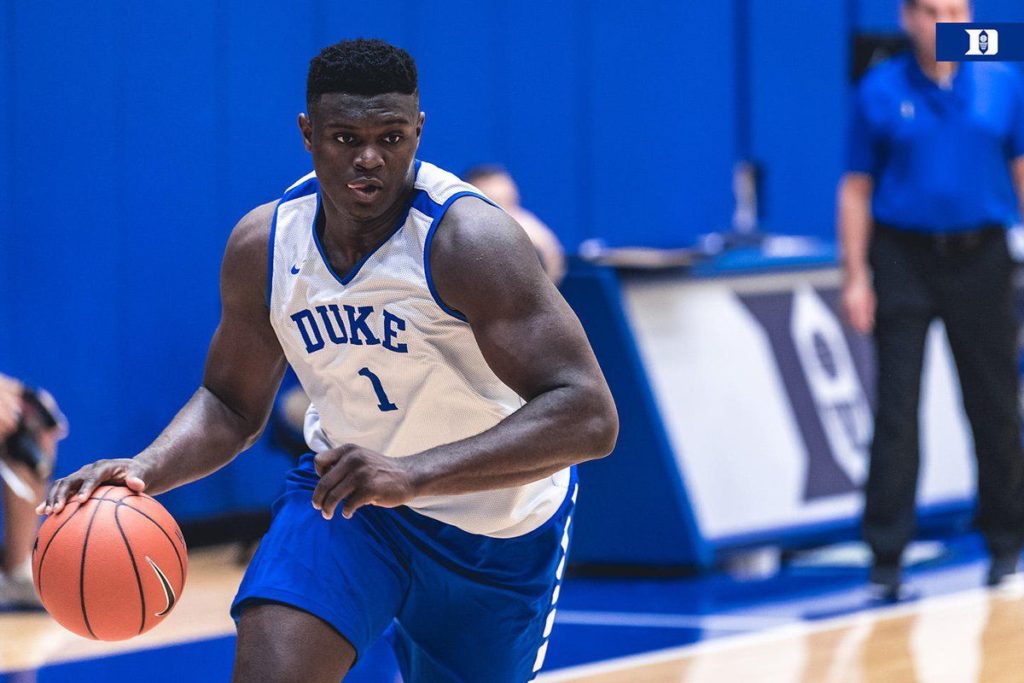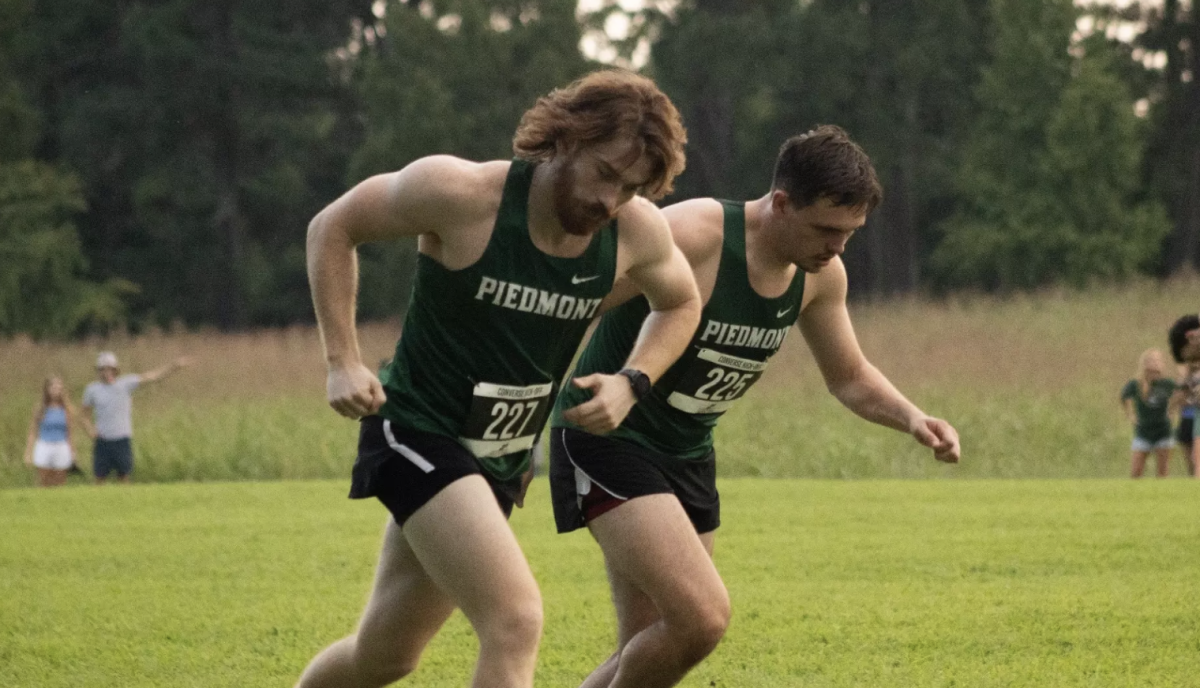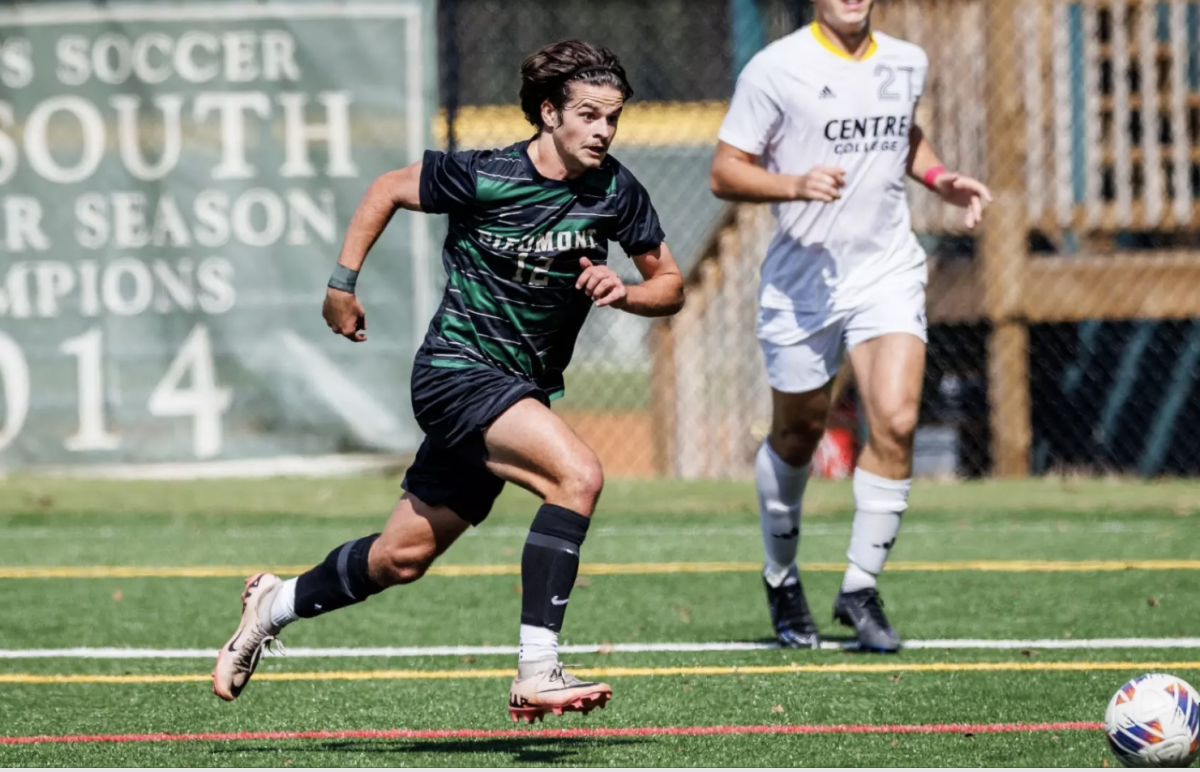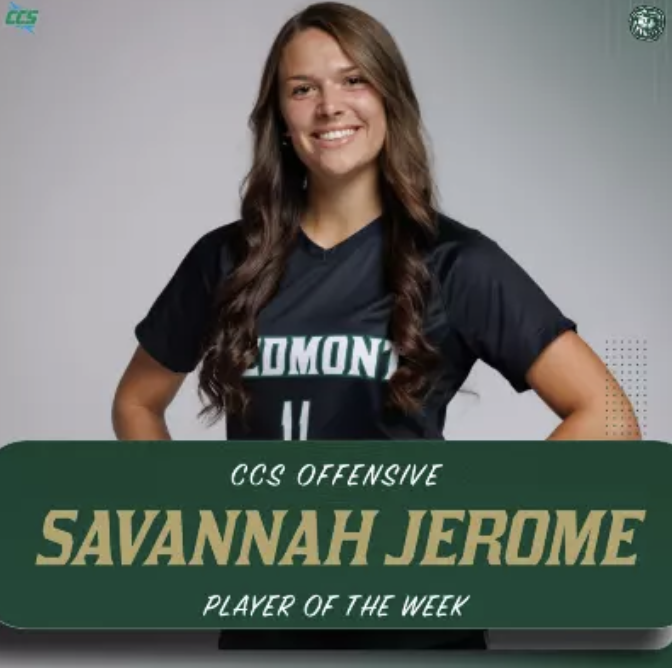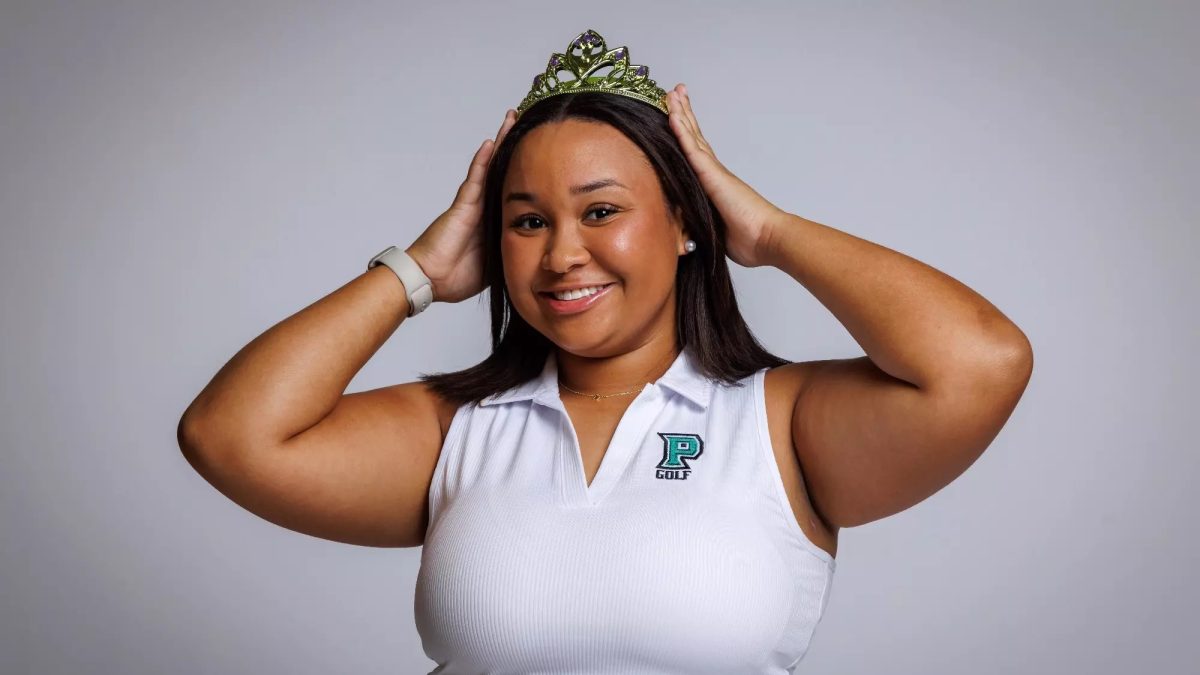
Over the past few years, there has been a very heated debate over whether or not Division I athletes should get paid for playing. The issue stems from the fact that these players feel as though their likenesses and talents are being exploited by the NCAA.
To put things into perspective, March Madness is one of the biggest money-makers for the NCAA due to the amount of coverage they get and the ad revenue generated. One of the biggest faces of college basketball is Zion Williamson, a forward at Duke University. His face will be placed throughout America as the NCAA tries to get people to tune into March Madness. The issue that one side of this argument has is that Williamson should get paid for his likeness being used in these ads.
As the debate continues, it seems as though it will get to a point where these players will get compensated, but once that happens, what will the logistics be? How far will this compensation for athletes extend? This is where the issue of Division III athletes comes into play.
Division III athletes are in a strange spot due to the fact that these players are not on scholarship. Every athlete is paying the same amount of tuition as a regular student, but they live the same type of life as a student-athlete who may compete at a Division I school. Some people who have played in Division III, like grad assistant and former Piedmont basketball player Peyton Luken, feel as though the idea of “pay for play” would not work due to this very reason.
“If this becomes normal for student-athletes to be paid, there has to be the question of if EVERYONE gets paid,” said Luken.
This idea of inclusion across all divisions is where Luken feels that the “pay for play” idea falls short. If the NCAA decided to actually attempt to pay players across all divisions, it would cause more problems than solutions.
“Who gets paid the least amount? What players earn the most? These are all issues that this will cause,” said Luken. “And how would the NCAA compensate DIII? We don’t go to college for free so we could make the case for making the most money.”
Although this idea of “pay for play” is great in theory, there are several problems that could arise as a result. This becomes more of a problem with how the NCAA gains so much revenue. Once that is resolved, there might be a chance in which these student-athletes can be fully compensated for their participation in sports.


